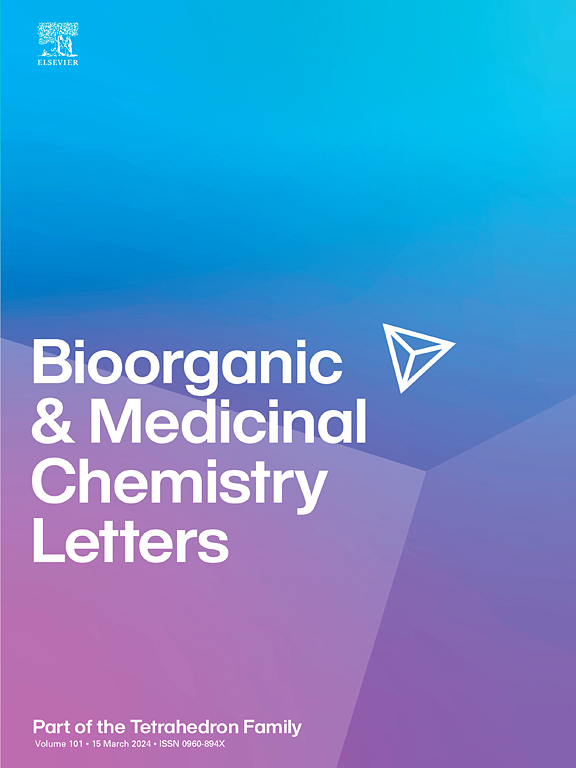Isoquinocycline B induces G0/G1 cell cycle arrest and apoptosis in MDA-MB-231 cancer cells
IF 2.5
4区 医学
Q3 CHEMISTRY, MEDICINAL
引用次数: 0
Abstract
Breast cancer remains one of the leading causes of cancer-related deaths, with therapeutic resistance and limited treatment options posing significant challenges. This study investigated the anticancer properties of isoquinocycline B (IQCB), an anthraquinone derivative obtained from a freshwater sponge microbiome Micromonospora sp. MS-62 (FBCC-B8445), against the MDA-MB-231 human breast cancer cell line. IQCB showed the greatest activity against cytotoxicity with an IC50 values of 9.2 ± 1.0 μM. IQCB treatment led to G0/G1 cell cycle arrest and apoptosis through mitochondrial pathways by suppressing cyclin D1/CDK4 expression, enhancing p27 levels, and reducing phosphorylated Akt levels. Furthermore, IQCB induced oxidative stress by promoting excessive reactive oxygen species (ROS) production, thereby activating JNK and p38-MAPK signaling while simultaneously inhibiting ERK phosphorylation. Apoptotic markers such as PARP cleavage and caspase-3 activation confirmed that mitochondrial-mediated apoptosis was a key mechanism of action. These results highlight the potential of IQCB as a therapeutic candidate for breast cancer and underscore the need for further research to explore its efficacy and mechanisms.

异喹诺环素B诱导MDA-MB-231癌细胞G0/G1细胞周期阻滞和凋亡
乳腺癌仍然是癌症相关死亡的主要原因之一,治疗耐药性和有限的治疗选择构成了重大挑战。本文研究了从淡水海绵微生物群Micromonospora sp. MS-62 (FBCC-B8445)中提取的蒽醌类衍生物异喹环素B (isoquinocycline B, IQCB)对人乳腺癌细胞株MDA-MB-231的抗癌作用。IQCB的抗细胞毒活性最高,IC50值为9.2±1.0 μM。IQCB处理通过抑制cyclin D1/CDK4表达、提高p27水平、降低磷酸化Akt水平,通过线粒体途径导致G0/G1细胞周期阻滞和凋亡。此外,IQCB通过促进过多的活性氧(ROS)产生诱导氧化应激,从而激活JNK和p38-MAPK信号,同时抑制ERK磷酸化。凋亡标志物如PARP裂解和caspase-3激活证实了线粒体介导的凋亡是一个关键的作用机制。这些结果突出了IQCB作为乳腺癌治疗候选药物的潜力,并强调了进一步研究其疗效和机制的必要性。
本文章由计算机程序翻译,如有差异,请以英文原文为准。
求助全文
约1分钟内获得全文
求助全文
来源期刊
CiteScore
5.70
自引率
3.70%
发文量
463
审稿时长
27 days
期刊介绍:
Bioorganic & Medicinal Chemistry Letters presents preliminary experimental or theoretical research results of outstanding significance and timeliness on all aspects of science at the interface of chemistry and biology and on major advances in drug design and development. The journal publishes articles in the form of communications reporting experimental or theoretical results of special interest, and strives to provide maximum dissemination to a large, international audience.

 求助内容:
求助内容: 应助结果提醒方式:
应助结果提醒方式:


